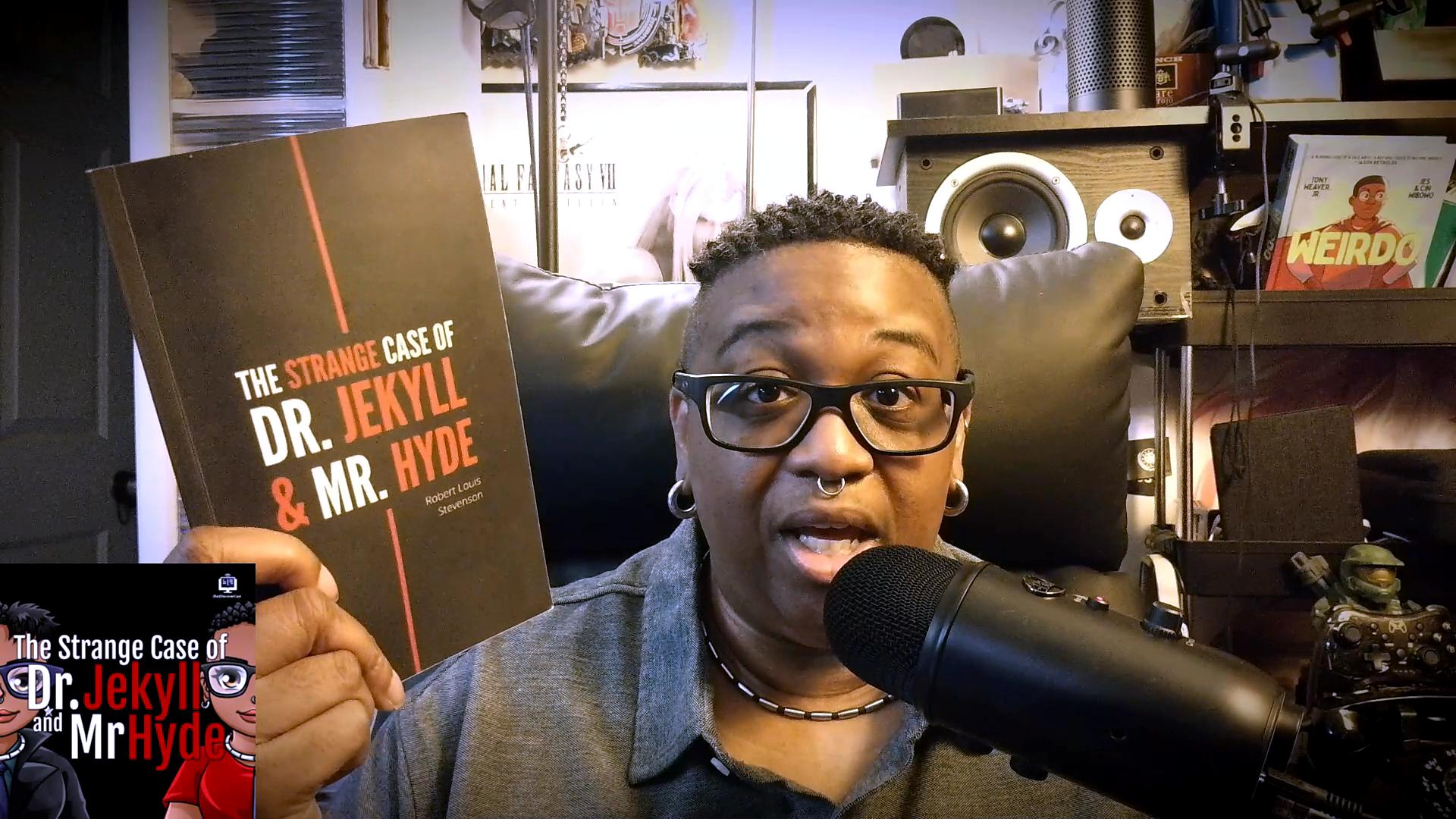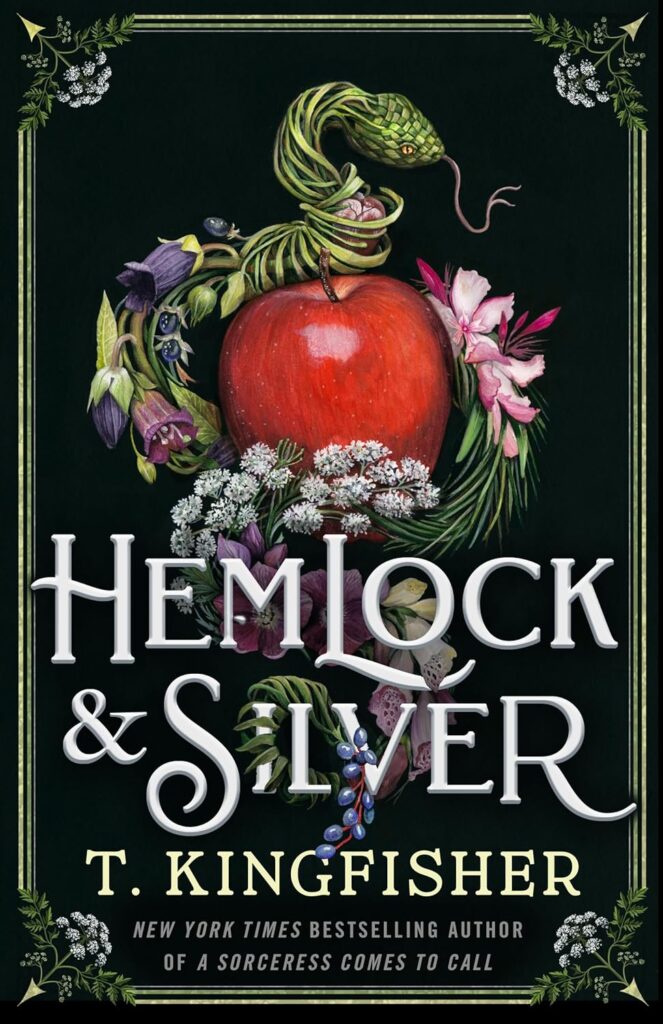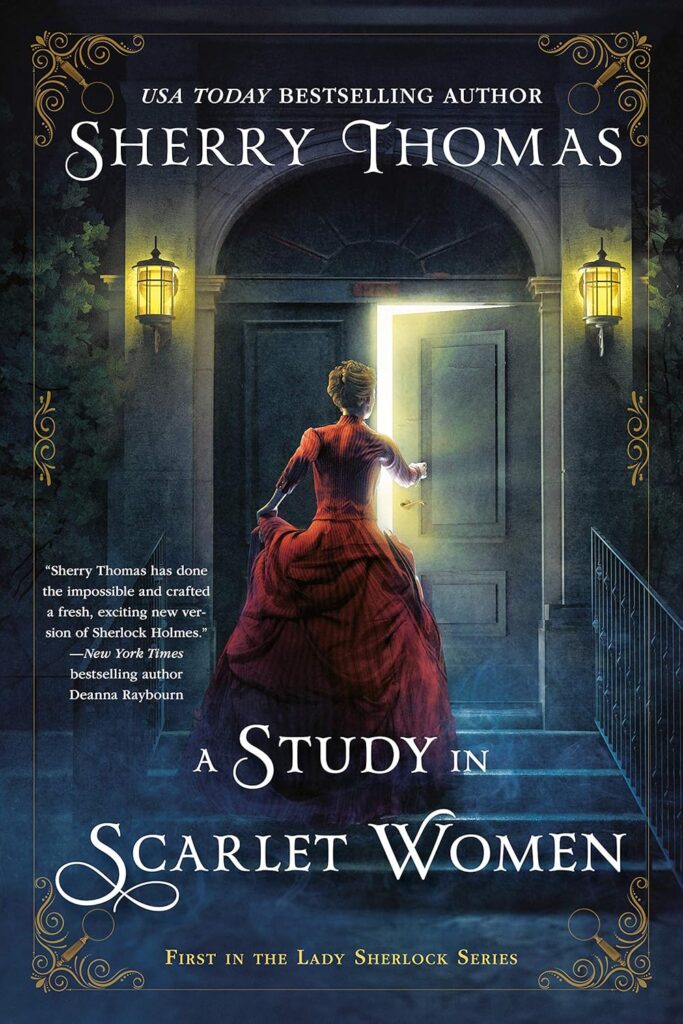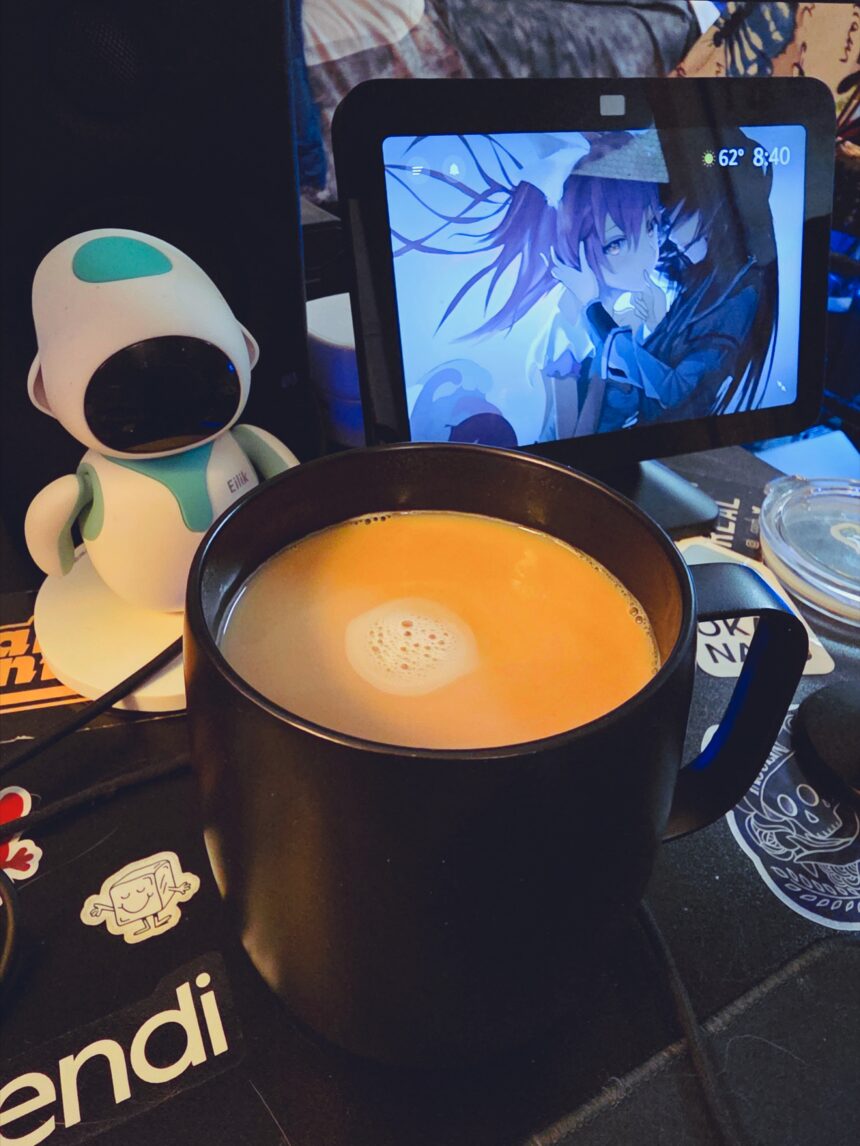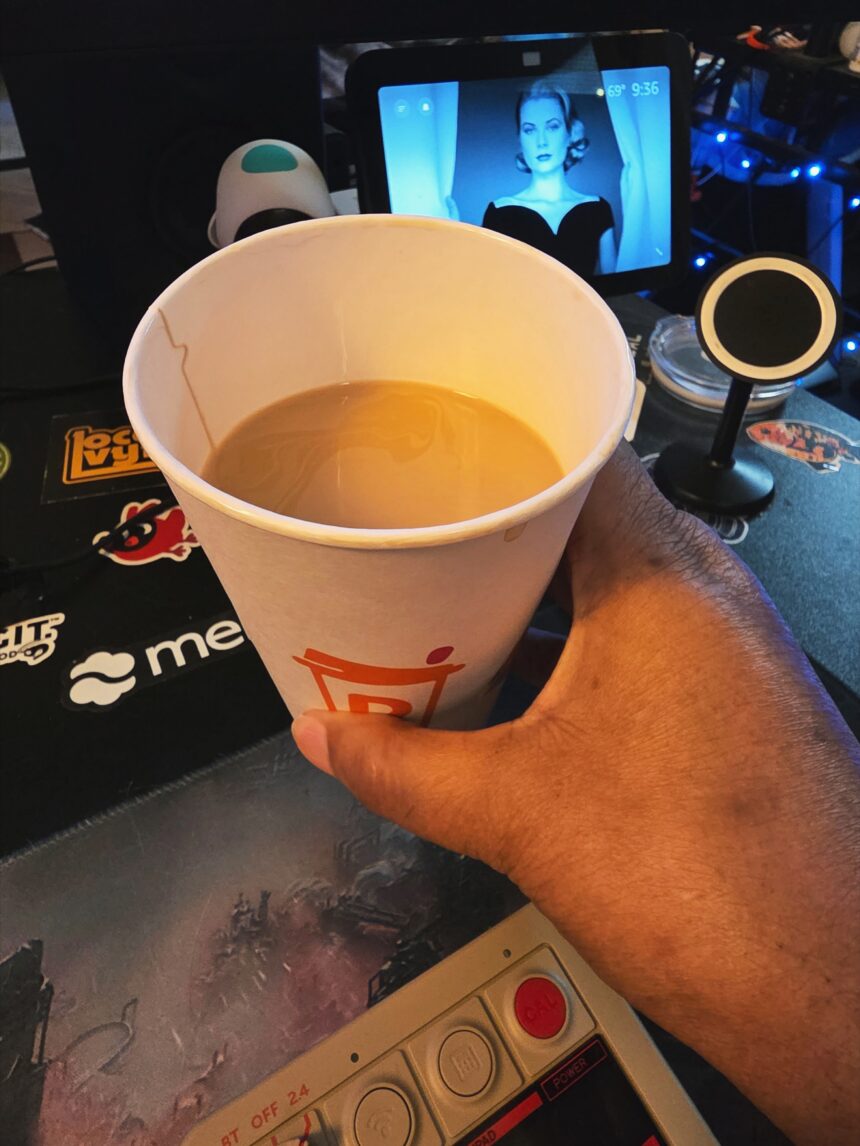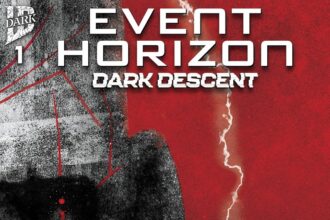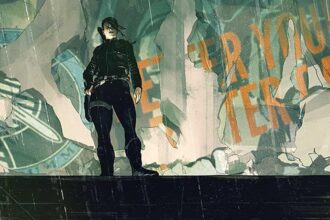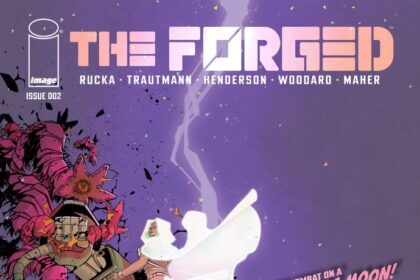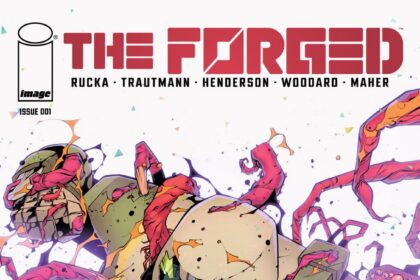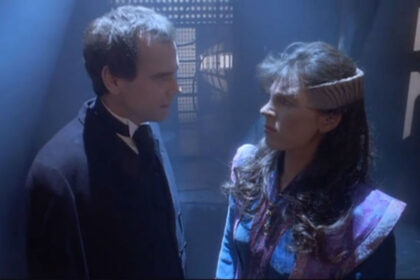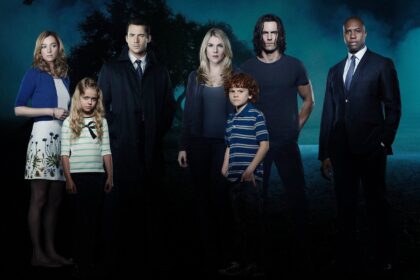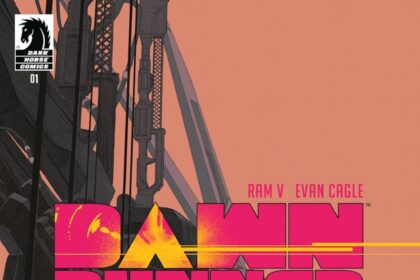Summary
In 2015 Lazarus was not what I "expected" a comic to be. After 10 years of experience and education in comics, art, and more, I now understand that Lazarus is all the things that make comics truly an epic medium.
▼Jump To Review Summary
I was looking through my Kindle library recently and I saw there were actually quite a few single issues I got at different points in time and I wanted to re-explore them and see if maybe I can give them another shot now that I have been reading comics for a while and have become better adjusted to different art styles and themes.
I said in my Six Fingers post that I haven’t been into comics for very long, and that the first one I bought and read completely and intentionally was Michael Alan Nelson’s Hexed in 2015. I also purchased Lazarus #1 back in 2015 because I was looking specifically for comics that featured NON-objectified women and that were not DC or Marvel or any traditional superheroes.
I don’t actually remember reading reading Lazarus #1. I believe I did finish it, but I also never bought #2 so it must not have appealed to me at the time or I was maybe looking for a different kind of emotional experience. I don’t really remember specifically why I didn’t continue with it, but I am revisiting it now.
On Art Style
I think what I had a difficult time with back in 2015 was the art style and “feel”.
In 2015 I hadn’t read any comics up to that point. I’d tried but it always was just a really difficult and frustrating process. Before guided reading, comics were completely inaccessible to me, not unlike trying to read books with aphantasia. It was hard for me to take in complex pages of panels, lettering, and art styles that made it difficult and exhausting for my brain to process all the information on the page at once. Once I was able to slow the process of down and limit how much information I had to process at one time, I was better able to read and appreciate what comics had to offer.
When I found Hexed and opened to the first few pages I was excited because it was accessible, it wasn’t confusing for me, it was easy to read with the guided view and it made for a wonderful first foray into comics. Lazarus was … a completely different experience … obviously.
Hexed was vibrant, colorful, exciting. Lazarus was dreary, dark, dramatic. Hexed was magical and fantastical and funny. Lazarus was rooted in very heavy socio-political themes, grounded in a very realistic world, and brutal. Lazarus struck me as something that wanted to be taken seriously as “not a comic” and the graphic style wasn’t something I was accustomed to. Every page made me feel depressed, exhausted, heavy, and it all just felt … dead.
I understand NOW that that is the entire point of the art style and the color … to communicate the world, the feeling of that world; the dystopian kind of hopeless, barren world etc. At the time however, I was still getting my feet wet with comics and was looking for “familiar feels” and stuff that felt … “comic-y”. I grew up watching animation and anime and I was drawn to clean outlines and dynamic colors and things like that. I associated painting, pencils, gouache etc with “artwork”, not with comics and that was where I completely off.
I have lived with an “on the spectrum” artist for over 20 years who paints, draws with pencils, ink, works on UI/UX graphic design and also does digital art and composes music. He is also A HUGE comic fan.
I showed him stuff like Gideon Falls (which I read from 2018 onward) which was so, so hard for me to read and make sense of sometimes. There were some spreads that were so complicated and wonderfully abstract yet communicated something so succinctly without words but I had to really work hard to take it all in. (Guided reading doesn’t work well for comics like this. You have to really take it all in at once.)
The art style was something I’d never experienced before, it was like every page had a texture in it; a film grain that made it look like it was a vaguely formed memory in someone’s mind, like static on top of the art and it was really rough for me. It looked like everything was brilliantly scratched out of that black art paper I used to have in elementary school. It was wild and distracting and also powerfully effective in making me feel the mood of the story. I loved the comic. It was long and complicated and I stuck with it.
Something Is Killing The Children (which I read from 2019 onward) had a style that almost immediately put me off. Everything looked like a blurry smudge with lines upon more lines. My artist tribemate LOVED Werther Dell’Edera’s art and I came to as well. Similarly with Gideon Falls, I forced myself to become used to reading something that was so different from anything I’d ever seen before and it was very rewarding.
When I asked him about the Lazarus style he went on and on for nearly 2 hours about Moebius and Miller and Mcfarland and Mignola and Mikimoto (and why do they all start with M? LOL) and showed me pictures of different kinds of art techniques. I showed him the kinds of comic books that immediately appeal to me versus the ones I have trouble getting into and he was saying that I seem to prefer the hybrid styles and the more digital styles versus the more traditional, graphical ones. I like clean lines, defined outlines, things that are flat but also seem to pop as opposed to textures, lighting, shading, and painted styles.
He showed me some of Moebius’ Blueberry and each piece was BEAUTIFUL and detailed and I was mindblown, but all I saw were lines, lines, lines, and more lines … and after several pages it was like my eyes were bleeding and tired and I couldn’t make anything out anymore. He was also showing me stuff from Barry Windsor-Smith and beautiful, mind-melting art from Christian Ward’s ODY-C that was so compelling and also disorienting but totally epic!
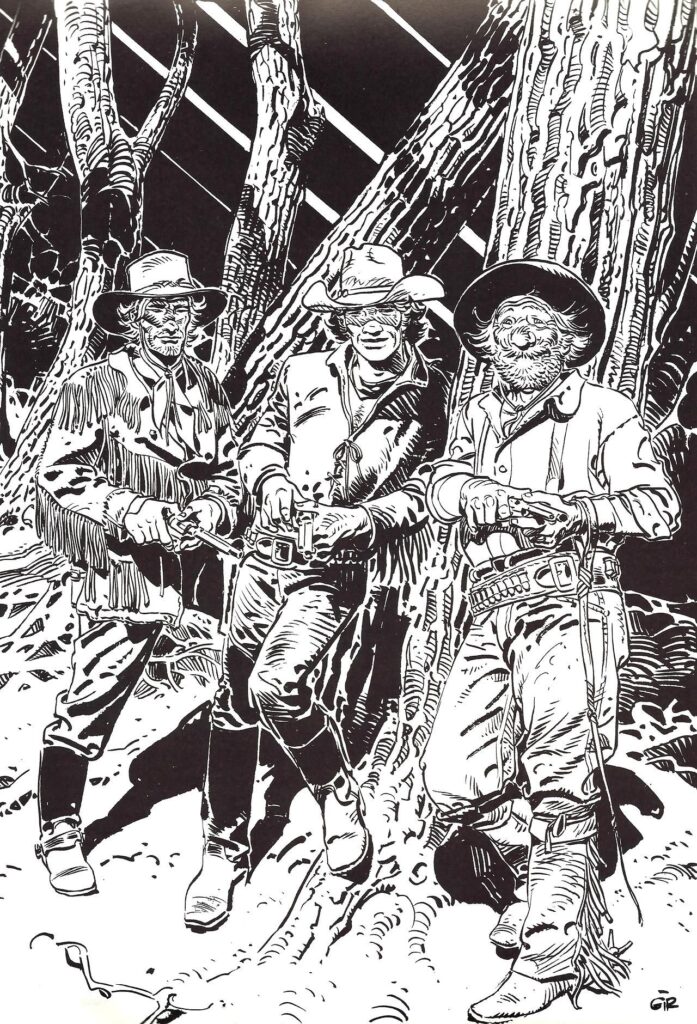
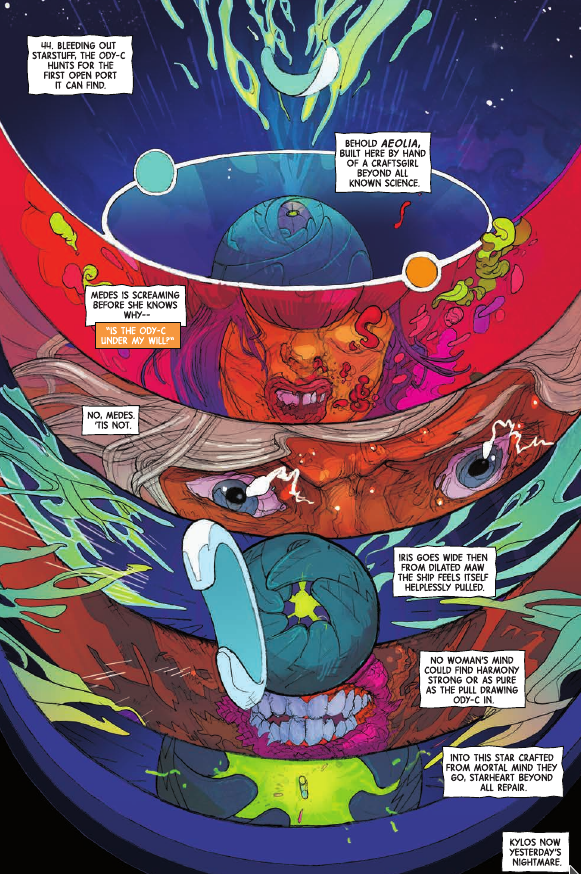
He also gushed about how much he loved Beta Ray Bill. LOL.
I have gotten a much needed an education on art, on paneling, on graphic novels, on styles, on techniques and more over these many years that I have known him and that has helped me better understand what I’m looking at when it comes to comics and different kinds of art styles. I needed to be more OPEN to pushing myself and trying to absorb stories in a way that wasn’t television or theater or the written word.
That was the main thing … getting accustomed to something I’d never seen or experienced before; letting go of expectations of what I thought comics were and understanding what they could be and how each artist brings all of these different styles to them; digital, hand drawn, and hybrid.
I have read, since 2015, all kinds of comics and graphic novels. I have seen many different art styles, paneling styles, and while I do have my preferences, I don’t get as disoriented or put off by things that don’t immediately make me comfortable and I push through things that are also difficult for me to take in using the guided reading when necessary.
On Appeal
This book was created 10 years ago. Lazarus, like many other media, was predictive and pulling from history and looking at the possibility – and inevitability – of where things were headed … I don’t know if readers thought about it that way or not at the time. I don’t think anyone ever does.
– Lazarus Comics (Wikipedia)
I don’t ever want to engage with art from behind a protective wall. If I agree to subject myself to something that I know may take an emotional toll, I don’t do so with a safety net or by disassociating. I allow it to do what it was designed to do and I open myself up to feel what creator intended.
Media can rip down our walls and shred our souls. It can force feed us someone else’s experiences, someone else soul, or simply put us intimately in touch with our own. Fully experiencing media – placing yourself in the center of that artistic creation, vulnerable and open to change – is the best way to challenge and truly know yourself.
Because of that honesty and vulnerability, I do have to be careful about how much I put myself through and I have to be mindful of my energy and mood so I don’t cause myself harm.
That said … Lazarus is not normally the kind of story I would be interested in reading, especially not in 2025.
I’m not saying that all I want to read about are unicorns and rainbows – I’m a realist – but I don’t want to drown myself in something that is only going to make me feel worse about the reality I am trapped in. That’s like being in a war and spending what downtime you may have reading about other wars. People have to do what is best for their mental and spiritual health.
In the world of Lazarus there are a handful of wealthy families who control the world. Those that work for them are cared and provided for and are called Serfs and everyone else is simply called Waste … and that right there is enough to drive my depression into even further depths given the world we live in right now. The mood of this book, the color, the politics, the social commentary … it is all just a reinforcement of the things were are dealing with now and that reinforcement is bad for my mental state. I have to focus a lot of energy every day on making sure I am staying resilient and positive and prepared for what is unfolding on a daily basis.
Being always a few steps away from being homeless, struggling to find work in the age of anti-Blackness, anti-DEI, and AI, and also losing health insurance … we are absolutely seen as Waste by this administration, by the 1%, by the rich corporations … and it’s a hard reality to wake up to daily.
Opening up a comic book about that stuff is not the healthiest way to spend my downtime.
I didn’t dislike Lazarus. In fact, after 10 years of an education on art, comics, and becoming more accustomed to different artists, I could understand the way that Santi Arcas’ colors really dragged me into the depths of that bleak, unforgiving, brutal world. The emotions I described having back in 2015 every time I turned the page – depressed, exhausted, heavy … dead – I can now appreciate the SKILL it takes to evoke such emotions in service to the story just like I would in a film.
My tribemate told me that Michael Lark’s (another M name! LOL) art reminded him of some of his favorite classic comic artists and, after looking at some of the ones he showed me, I do absolutely see them in Lark’s style.
Forever is a character that interests me even though her situation as a Lazarus reminds me of characters I have read over these past 10 years. She’s a kind of engineered superhuman who protects her family and their interests but she’s also like “a thing” to them, not a daughter. She’s less a person and more a kind of tool that they use to kill their enemies and sometimes innocent people just to “send a message”.
I’m unsure as to whether or not she’s fully human and I don’t mean in a supernatural way like BRZRKR, I just mean like she seems almost like a robot. I’m not sure if that’s because of all the drugs they give her to “maintain” her and control her emotions or whether she was grown in a lab or something – manufactured – and doesn’t know how to feel normal emotions. Her origin, so far, is a bit of a mystery but we’re given enough information about her to be curious and also to feel bad for how she is treated.
I want to learn more about her. I’m interested in her journey because she does ask questions, she does seem to have a sense of what is right and what is wrong about the world she inhabits.
I want to push through and see where Forever’s story goes. I think it will be worth it to fully experience the story that Greg has crafted even if I have to take it slow to protect my mental health.

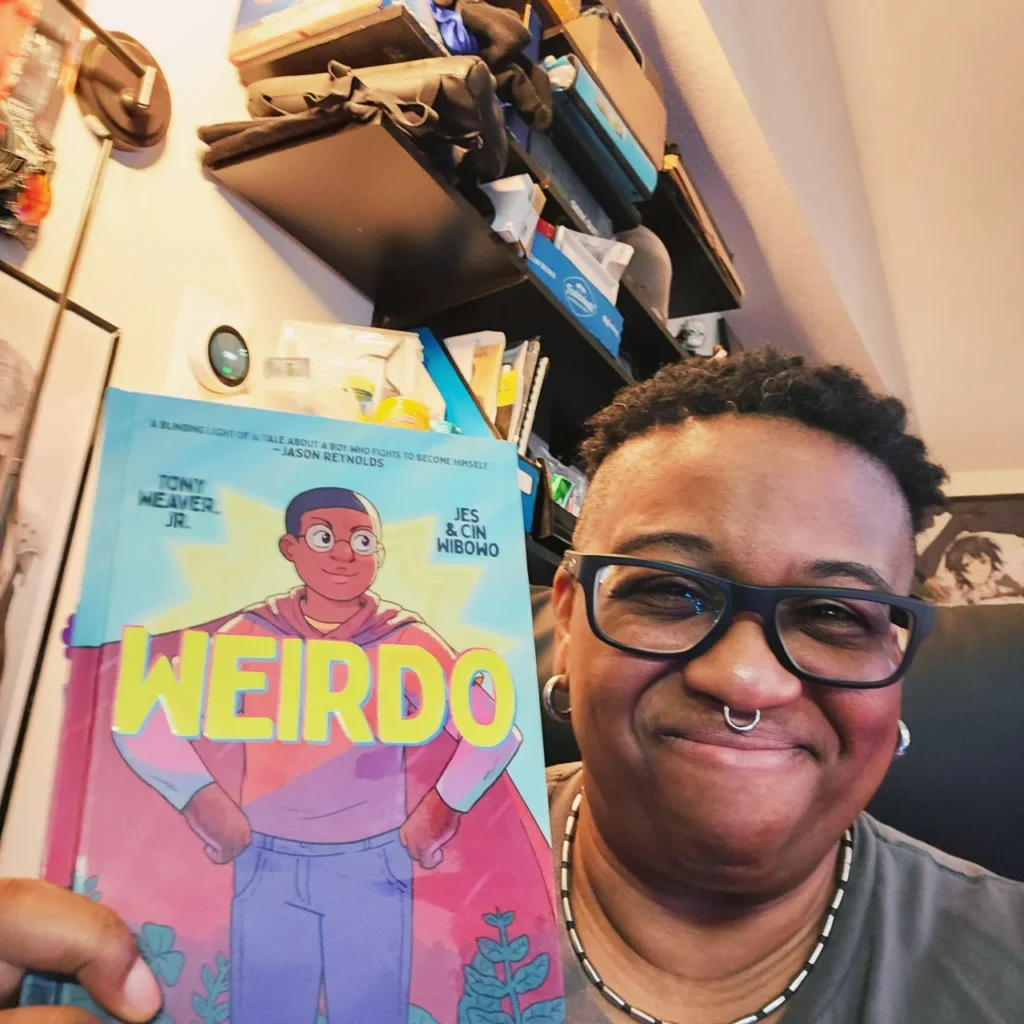

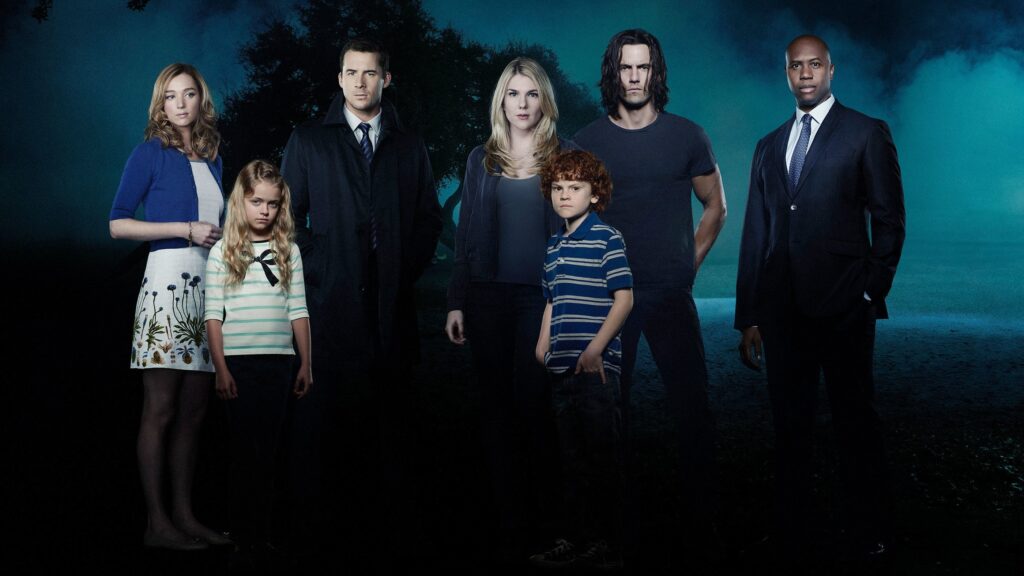

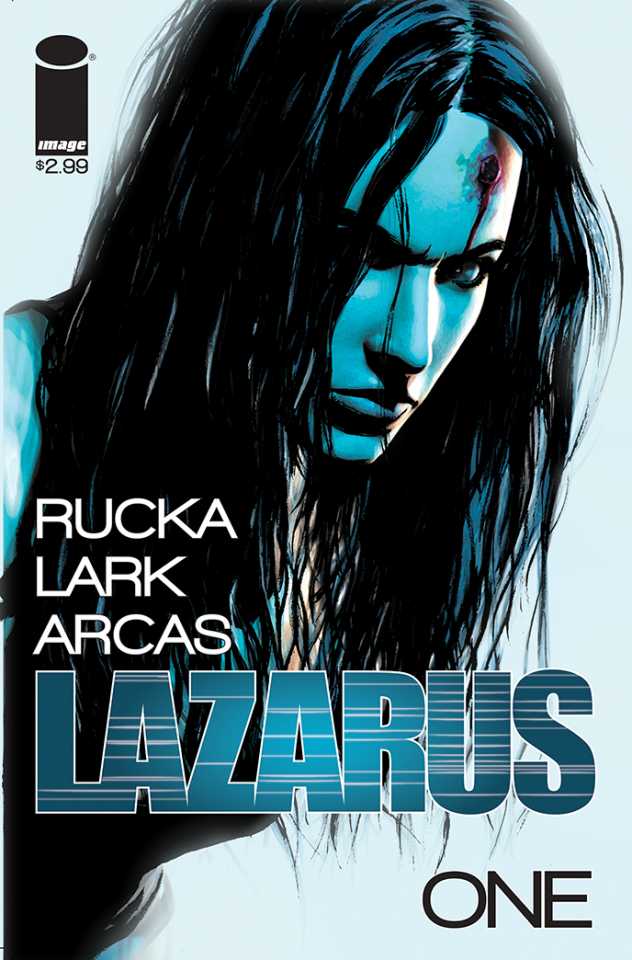
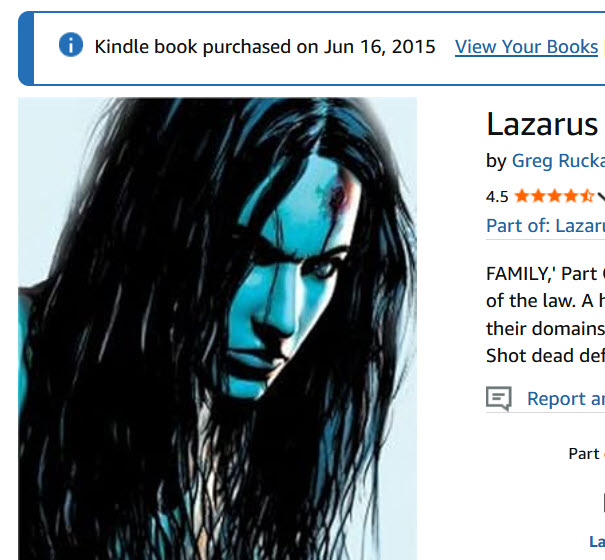
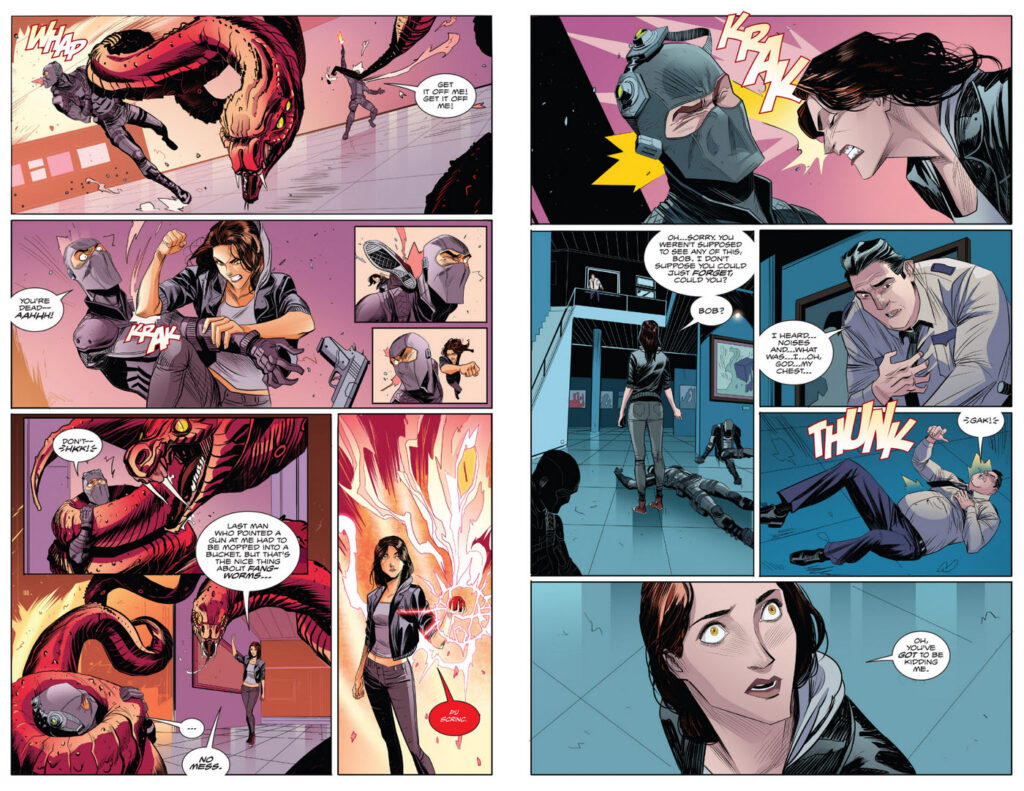
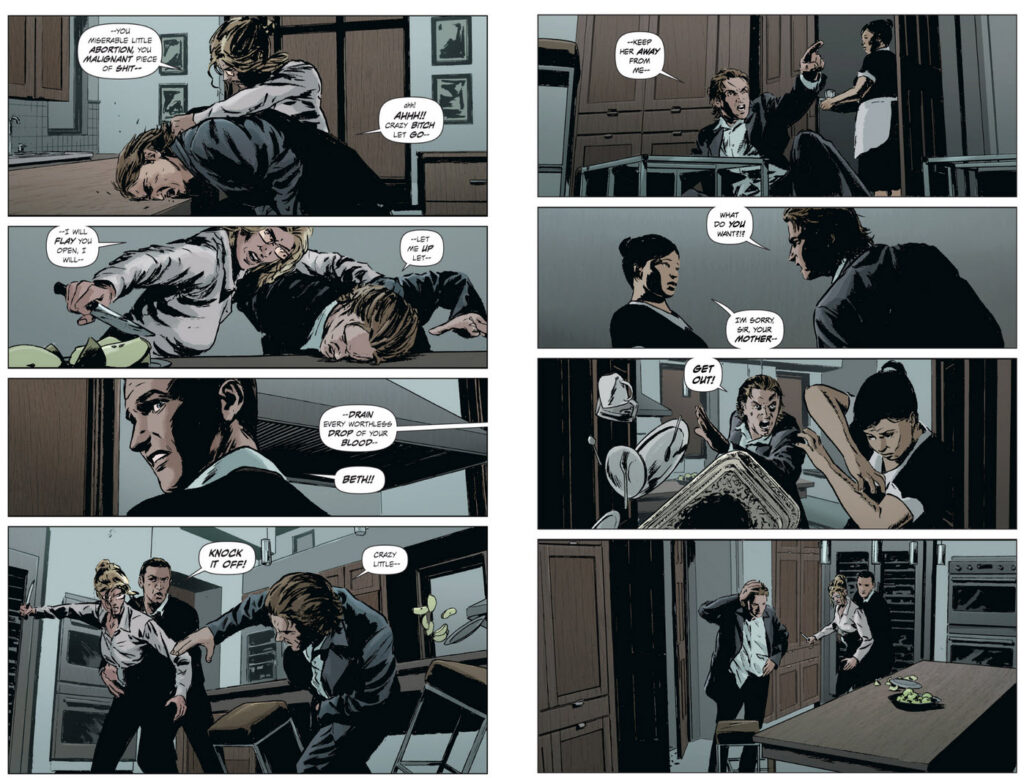
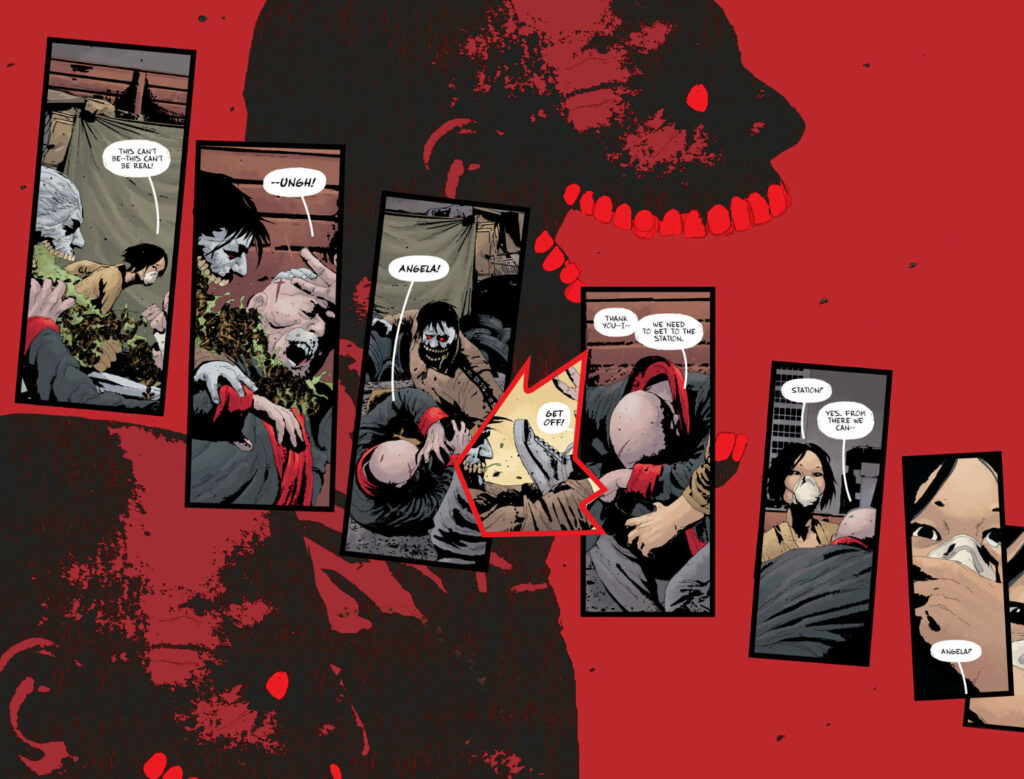
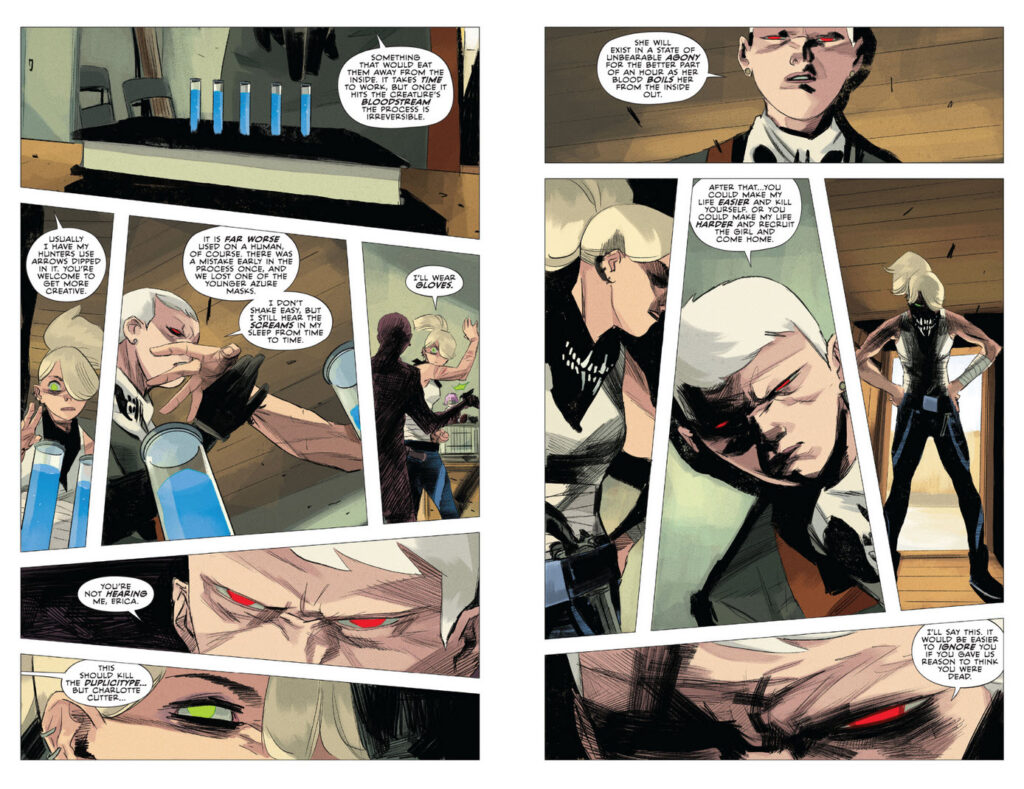
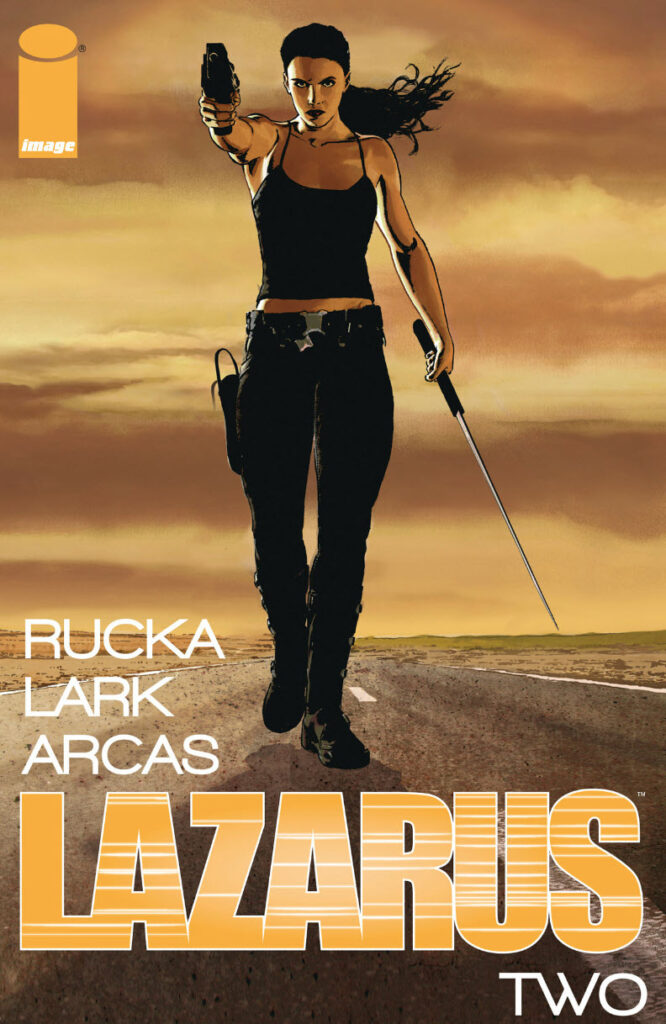
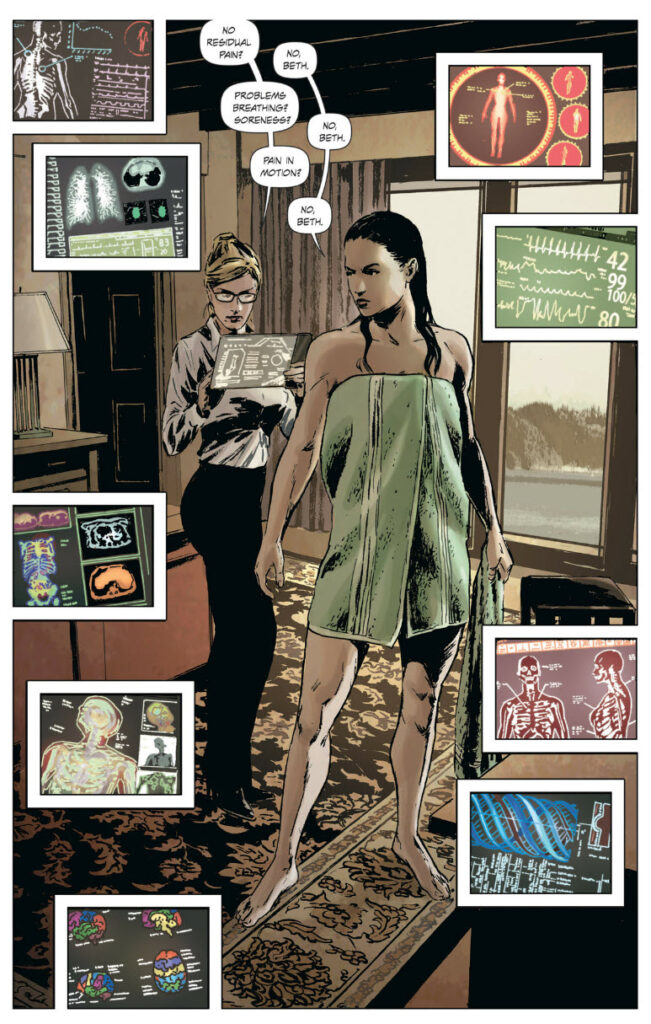
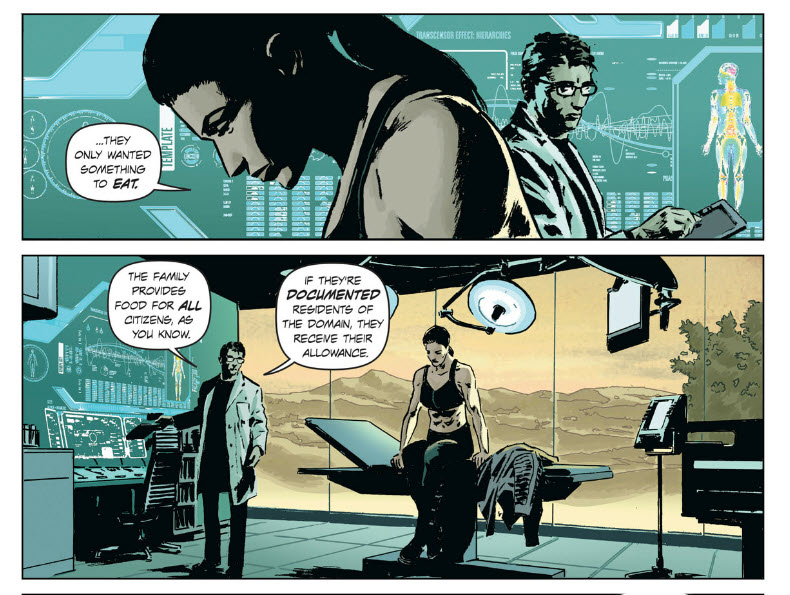
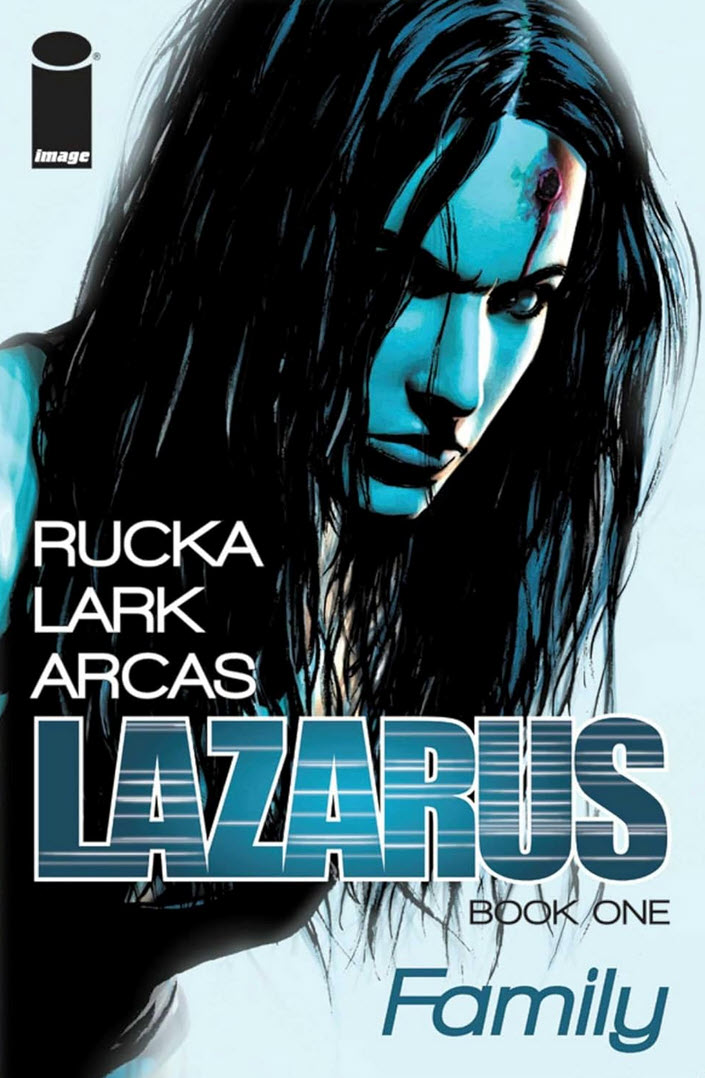 In 2015 Lazarus was not what I expected a comic to be. After 10 years of experience, I understand that it's all the things that make comics an epic medium. I want to push through and see where Forever's story goes. I think it will be worth it to fully experience the story that Greg has crafted even if I have to take it slow to protect my mental health.
In 2015 Lazarus was not what I expected a comic to be. After 10 years of experience, I understand that it's all the things that make comics an epic medium. I want to push through and see where Forever's story goes. I think it will be worth it to fully experience the story that Greg has crafted even if I have to take it slow to protect my mental health. 